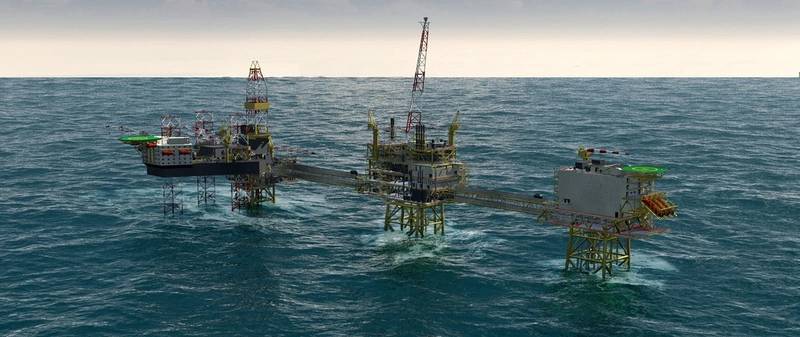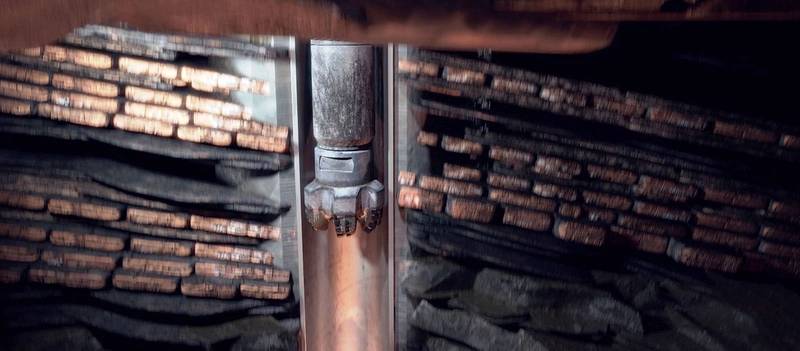Maersk Oil says there is still huge potential value in the North Sea, citing projects like Culzean – which received board approval this month – and Johan Sverdrup, as the Danish oil and gas company aims to improve from its current rank of ninth to become a top-five producer in the region.
Maersk Oil informs it is looking for new long-term growth opportunities in the North Sea, investing heavily in projects and improving the efficiency of operations.
The North Sea region has an estimated remaining potential of 26-38 billion barrels, according to consultancy Wood Mackenzie, and it remains a technically attractive province for future development - provided costs and regulatory regimes continue to incentivize investment, the Danish company said.
Maersk Oil aims to become one of the five biggest producers in the North Sea in the first half of the next decade, through a combination of its existing portfolio, major capital investment and more efficient operations, which can add significant production, says CEO Jakob Thomasen. It is currently ninth. The forecast is based on only organic growth – so with growth investments, it could happen sooner.
“We have the capital to invest at a point in the cycle where better value is on the table than at any time in almost a decade,” Thomasen said. “Many other oil companies are scaling back because of the current market, but that does not mean the assets are not viable and the right opportunities can offer great rewards.”
The group’s board has given the go-ahead for Culzean, a natural gas field which diversifies the oil-dominated portfolio and could supply 5 percent of the U.K.’s needs, and Maersk Oil will work with its partners through the summer to secure sanction for the project.
Maersk Oil has a share in Johan Sverdrup, one of Norway’s largest ever discoveries with estimated profitable extraction from $40/bbl, and in the U.K.’s Golden Eagle, which started production in 2014. The Tyra Southeast expansion in Denmark adds production from a current asset.
At plateau production, these four projects will add about 90,000 boepd to Maersk Oil’s entitlement production, said Chief Operating Officer Gretchen Watkins.
Around $20 billion of assets are for sale in the North Sea and Europe region, according to Wood Mackenzie. As part of a conglomerate, Maersk Oil has the balance sheet and flexibility to invest through the cycle and can take the longer term view required to reap the benefit, Thomasen said. It is also participating in licensing rounds in all three countries – Denmark, Norway and the U.K. – to grow its exploration acreage.
Growth has to offer value and a return on investment of at least 10 percent, and Maersk Oil is not under pressure and is prepared to wait until it finds the right opportunity at the right price, Thomasen added.
Developing new technologies is an important part of maximizing opportunities in a mature basin, and Maersk Oil and its partners have invested DKK 1 billion in a new research centre at the Technical University of Denmark (DTU), which focuses improving recovery of oil and gas. A recent tax change in the UK, which helped to provide the right incentive to invest in Culzean, is an example of how companies and authorities can work together to improve returns for both.
“We believe in the future of the North Sea,” Thomasen said. “We are investing heavily in growth projects in the region, and constantly developing new technology and capabilities to improve recovery.”

















